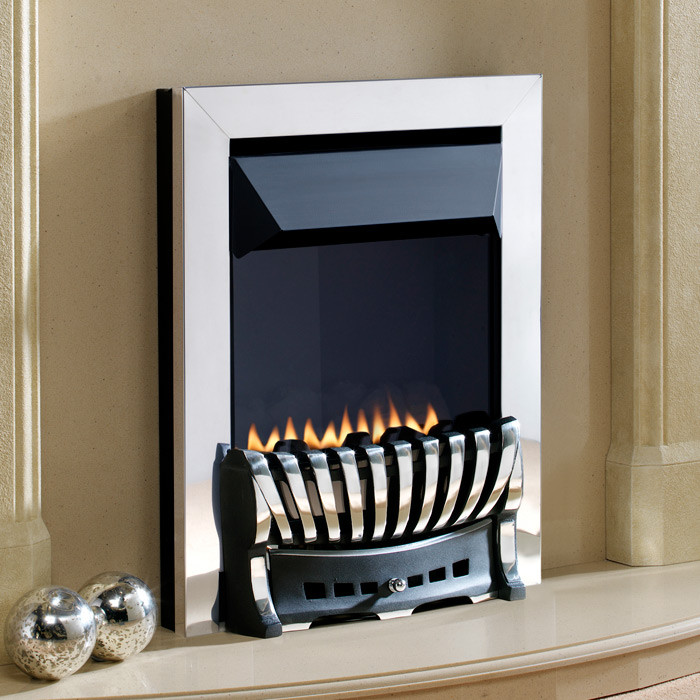- Joined
- 2 Feb 2014
- Messages
- 412
- Reaction score
- 2
- Country

Firstly, i've put this in the plastering forum rather than the decorating forum because this is all reliant on the plastering side of this job - the plastering will affect whether we can decorate or not, rather than the decorating affecting the plaster. That's why i put it here, to pick the plasterers brains - just in case anyone wonders why it didn't go in the decorating forum.
Short of it:
damp wall was boarded out, dot & dabbed. I was warned (by co-workers) of the circle effect & when asking the ones doing the job, i was told the wall wasn't piddle wet through & they were tanking, so i wont have this problem - don't worry.
Let it dry out & i could see every circle. It then faded & returned.
I patch painted to see what it'd look like.

I don't want to waste expensive paint by layering up if there's zero point.
My gut feeling tells me i could put 100 layers on that & those circles would STILL show through.
Not too sure how wallpapering would fare though (i know, let it dry out properly. I'm talking about papering in 12 months time).
Time passed since wall was boarded & skimmed .... 4 weeks.
I've already been warned by another plasterer that the whole thing MAY need to come off & start again, different approach.
Just wondering if i'm wasting my time painting it & will they show through wallpaper?
Short of it:
damp wall was boarded out, dot & dabbed. I was warned (by co-workers) of the circle effect & when asking the ones doing the job, i was told the wall wasn't piddle wet through & they were tanking, so i wont have this problem - don't worry.
Let it dry out & i could see every circle. It then faded & returned.
I patch painted to see what it'd look like.

I don't want to waste expensive paint by layering up if there's zero point.
My gut feeling tells me i could put 100 layers on that & those circles would STILL show through.
Not too sure how wallpapering would fare though (i know, let it dry out properly. I'm talking about papering in 12 months time).
Time passed since wall was boarded & skimmed .... 4 weeks.
I've already been warned by another plasterer that the whole thing MAY need to come off & start again, different approach.
Just wondering if i'm wasting my time painting it & will they show through wallpaper?





